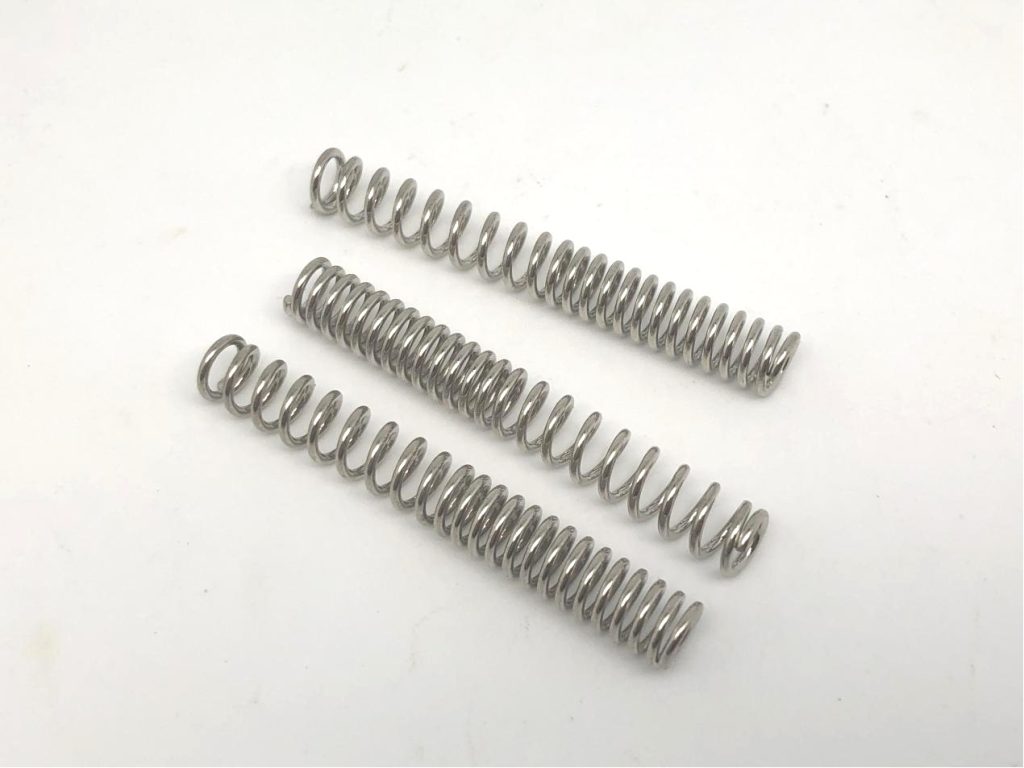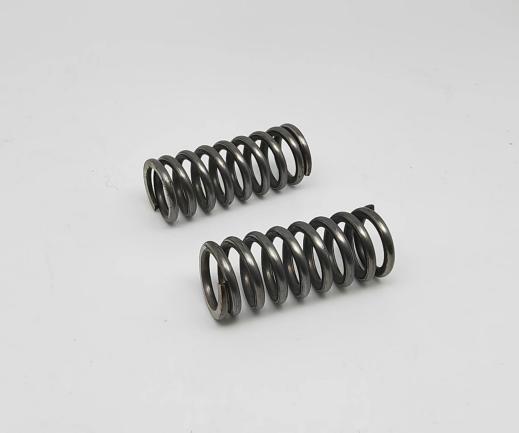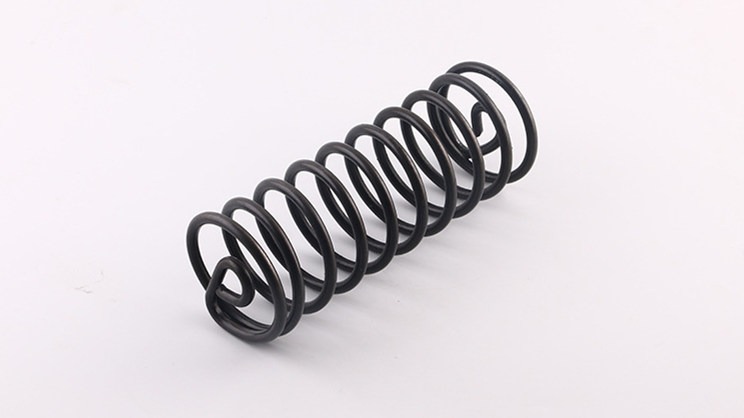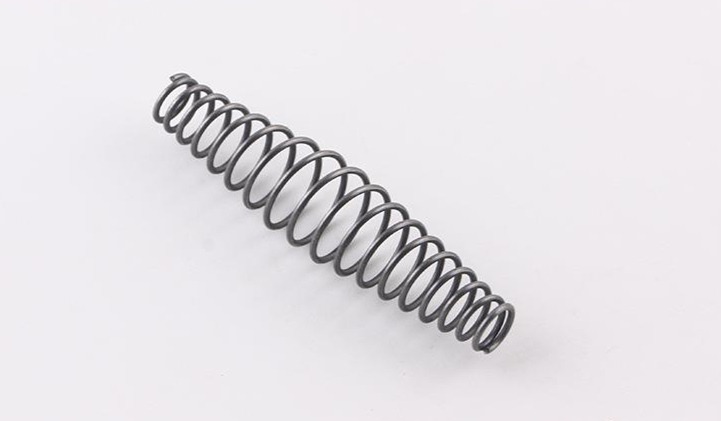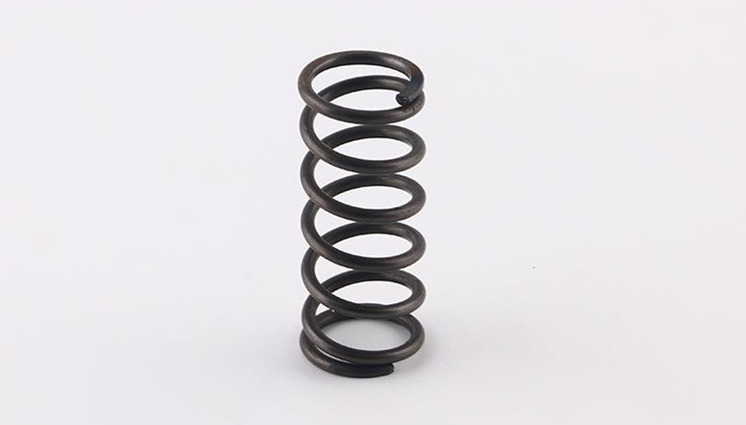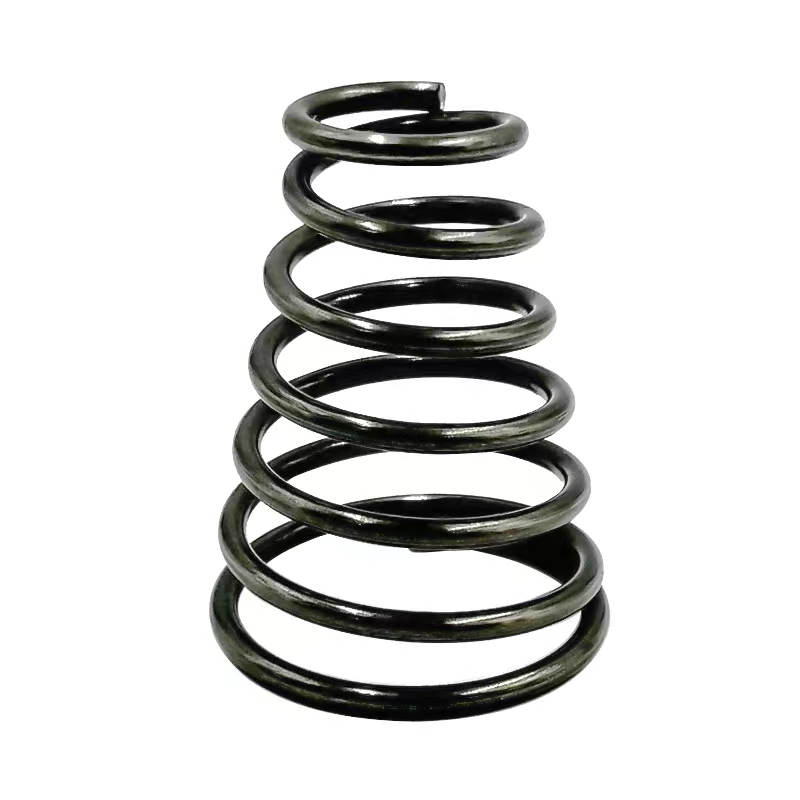What are Compression Springs: Everything You Need to Know
Compression springs are helical springs that are designed to resist compressive forces. They are one of the most common types of springs and are used in a wide variety of applications, including automotive, machinery, and medical devices.
What are the Properties of Compression Springs
The properties of a compression spring are determined by a number of factors, including the material, the wire diameter, the number of coils, and the pitch. The material is the most important factor, as it determines the spring’s strength and stiffness. The wire diameter also affects the spring’s strength, as well as its size and weight. The number of coils determines the spring’s force, while the pitch determines the spring’s free length.
One of the most important properties of a compression spring is its spring constant. The spring constant is the force required to compress the spring by a unit distance. It is a measure of the spring’s stiffness and is inversely proportional to the spring’s free length.

How to Calculate the Compression Springs Force?
The force of a compression spring can be calculated using the following formula:
| Formula | F = kx |
| F | the force exerted by the spring |
| k | the spring constant |
| x | the distance the spring is compressed |
The force of a fully compressed Spring can be calculated using the following formula:
| Formula | Fmax = Ed4(L-nd)/[16(1+ν)(D-d)3n] |
| E | Young’s modulus |
| d | the wire diameter |
| L | the free length of the spring |
| n | the number of effective coils |
| ν | the Poisson’s ratio |
| D | the outer diameter of the spring |
The spring constant can be calculated using the following formula:
| Formula | k = Gd^4 / (83dna) |
| G | the shear modulus of the spring material |
| d | the wire diameter |
| n | the number of coils |
| a | the free length of the spring |
| ν | Poisson’s ratio |
The maximum force that a compression spring can withstand is called the yield strength. The yield strength is the stress at which the spring begins to deform plastically. The yield strength is determined by the material and the wire diameter.
The fatigue life of a compression spring is the number of cycles that the spring can withstand before it fails. The fatigue life is determined by the material, the wire diameter, and the stress level.
What are the Design Considerations of Compression Springs
When designing a compression spring, it is important to consider the following factors:
- The application: The application of the compression spring will determine the load, number of cycles, and space constraints. For example, a compression spring used in a car suspension will need to withstand a much higher load than a compression spring used in a pen.
- The load: The load is the force that the spring will be subjected to. The load must be carefully considered when designing a compression spring, as it will determine the spring’s size, strength, and cost.
- The number of cycles: The number of cycles is the number of times the spring will be compressed and uncompressed. The number of cycles will determine the spring’s fatigue life.
- The space constraints: The space constraints will determine the spring’s size. The spring must be able to fit in the space available, while still providing the necessary load and number of cycles.
- The cost: The cost of the compression spring is also an important factor. The cost will be determined by the material, the wire diameter, and the number of coils.
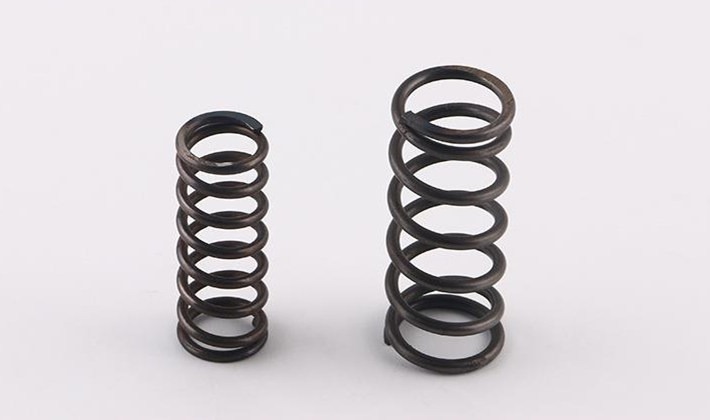
In addition to these factors, the designer must also consider the environment in which the spring will be used. The spring must be made of a material that is compatible with the environment, and it must be protected from corrosion.
The design of a compression spring is a complex process that requires careful consideration of all of the factors involved. By carefully considering the application, load, number of cycles, space constraints, and cost, the designer can create a compression spring that meets the specific requirements of the application.
Here are some additional tips for designing compression springs:
- Use spring design software to help you calculate the spring’s properties.
- Consult with a spring manufacturer to get their input on the design.
- Prototype the spring and test it to make sure it meets the requirements.
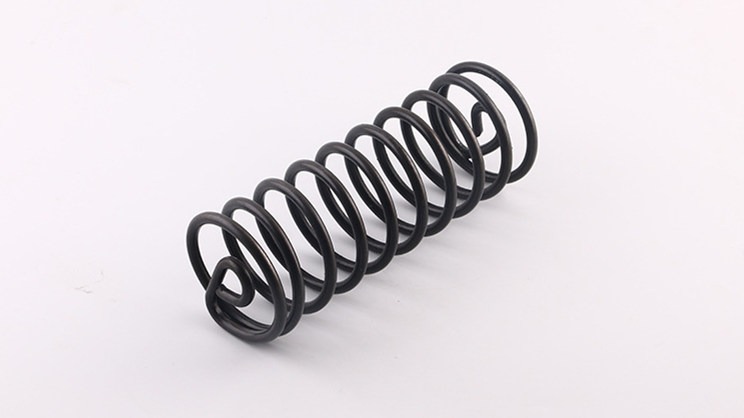
Conclusion
This article has discussed the properties of compression springs. The information presented should be helpful for anyone who is designing or using compression springs.
In addition to the information presented in this article, there are a number of resources available online and in libraries that can provide more detailed information about compression springs. These resources can be a valuable source of information for engineers who are designing or using compression springs.

